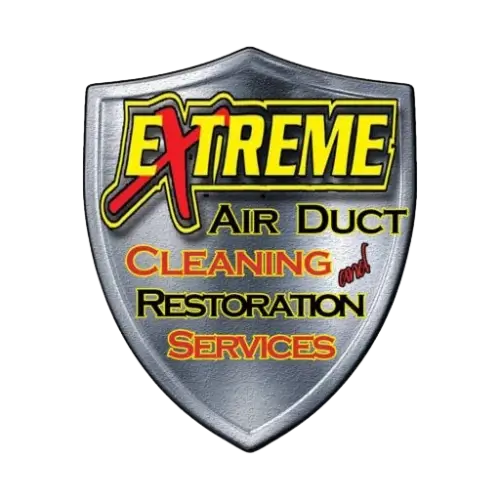Mold remediation is the process of removing mold and preventing its return. This involves identifying the source of moisture, cleaning and disinfecting affected areas, and implementing measures to prevent future growth. Mold can cause health issues and structural damage, making remediation essential for a safe home.
Many homeowners often wonder, does mold remediation work? In this comprehensive guide, we’ll explore the effectiveness of mold remediation, best practices, and how to keep your home mold-free.
Signs You Need Mold Remediation
Identifying the signs of mold early can prevent extensive damage. Here are some indicators that you may need mold remediation:
- Musty Odor: A persistent musty smell is often a sign of mold growth.
- Visible Mold: Mold can appear as black, green, or white spots on walls, ceilings, or floors.
- Health Symptoms: Mold exposure can cause respiratory issues, allergies, and skin irritation.
- Water Damage: Any recent water damage, leaks, or flooding can lead to mold growth.
Does Mold Remediation Work?
The effectiveness of mold remediation largely depends on the thoroughness of the process. Here’s why mold remediation works:
- Source Identification: Effective remediation starts with identifying and addressing the source of moisture. Without this step, mold will likely return.
- Professional Cleaning: Using specialized equipment and techniques, professionals can remove mold from affected areas thoroughly.
- Preventive Measures: Implementing measures to control humidity and moisture prevents future mold growth.
Steps in the Mold Remediation Process
A successful mold remediation process involves several steps. Here’s a breakdown:
- Inspection and Assessment: Professionals inspect the area to identify the extent of mold growth and moisture sources.
- Containment: Containing the mold to prevent it from spreading during the cleanup process.
- Air Filtration: Using air scrubbers and HEPA filters to remove mold spores from the air.
- Removing Mold: Removing and disposing of mold-infested materials safely.
- Cleaning and Sanitizing: Cleaning and sanitizing surfaces to eliminate mold spores.
- Restoration: Repairing or replacing damaged materials.
Common Mold Remediation Methods
There are several methods used in mold remediation. Here are some common ones:
- Dry Ice Blasting: This method involves blasting dry ice pellets at high speeds to remove mold from surfaces without causing damage.
- HEPA Vacuuming: HEPA vacuums are used to capture mold spores from surfaces and the air.
- Antimicrobial Cleaners: These cleaners kill mold spores and prevent regrowth on cleaned surfaces.
Preventing Mold After Remediation
Preventing mold growth after remediation is crucial for long-term success. Here are some tips:
- Control Humidity: Keep indoor humidity levels below 60% using dehumidifiers and ventilation.
- Fix Leaks: Repair any leaks in roofs, walls, or plumbing promptly.
- Proper Ventilation: Ensure proper ventilation in bathrooms, kitchens, and other moisture-prone areas.
- Regular Inspections: Regularly inspect your home for signs of moisture and mold.
Frequently Asked Questions
Q: How long does mold remediation take?
A: Mold remediation typically takes one to three days, depending on the extent of the mold growth and the area affected. Larger infestations may require more time to address thoroughly.
Q: Can I stay in my home during mold remediation?
A: It’s often safe to stay in your home during mold remediation if the affected area is contained and the remediation is handled professionally. However, some homeowners prefer to stay elsewhere to avoid exposure.
Q: What should I do if I find mold in my home?
A: If you find mold in your home, contact a professional mold remediation service immediately. They will assess the situation and recommend the best course of action to remove the mold safely.
Q: How can I prevent mold in my home?
A: To prevent mold, control indoor humidity, fix leaks promptly, ensure proper ventilation, and clean and dry any areas affected by water immediately. Regular inspections can also help identify and address potential issues early.
Q: Is mold dangerous to my health?
A: Yes, mold can cause various health issues, including respiratory problems, allergies, and skin irritation. People with asthma, allergies, or weakened immune systems are particularly vulnerable to mold-related health problems.
Q: What is the difference between mold removal and mold remediation?
A: Mold removal involves physically removing mold from surfaces, while mold remediation addresses the root cause of the mold growth and implements measures to prevent its return. Remediation is more comprehensive and effective in the long term.
Q: Can I do mold remediation myself?
A: While small mold problems can be addressed with DIY methods, larger infestations require professional remediation. Professionals have the necessary equipment, expertise, and protective gear to handle mold safely and effectively.
Conclusion
Mold remediation is an essential process for maintaining a healthy and safe home environment. By addressing the source of moisture, thoroughly cleaning affected areas, and implementing preventive measures, mold remediation effectively removes mold and prevents its return. If you’re dealing with mold in your home, contact Extreme Air Duct Cleaning and Restoration Services in Houston, TX, for professional assistance. Our expert team is dedicated to providing comprehensive mold remediation services to ensure your home remains mold-free. For more information, Contact Extreme Air Duct Cleaning and Restoration Services.


